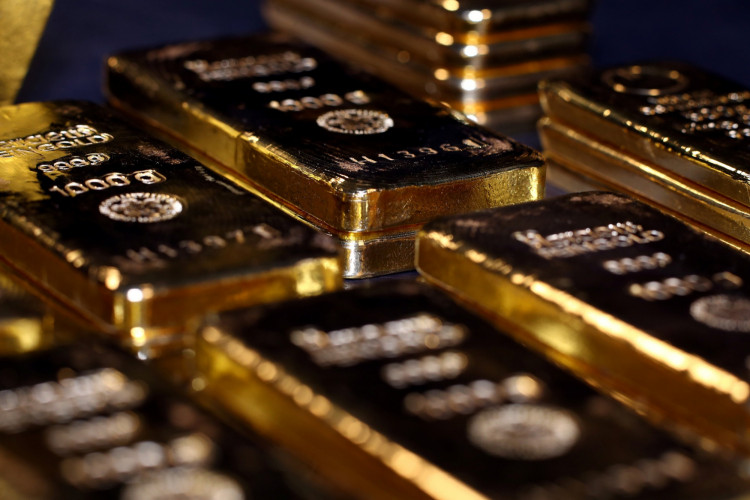In the face of mounting geopolitical tensions and shifting market dynamics, gold continues to demonstrate its enduring appeal as a safe haven. Recent developments in the Middle East, coupled with the interplay of interest rates and the US dollar, have placed the precious metal in the spotlight, with experts weighing in on its trajectory.
According to Fawad Razaqzada, a Market Analyst at City Index, the recent uptick in risk appetite has exerted some downward pressure on gold prices. However, he notes that gold remains significantly higher than its closing price from the previous week. "More gains could be on the way for gold for as long as geopolitical risks remain elevated and if the upcoming US macro pointers trigger fresh selling in the dollar," Razaqzada observed.
The geopolitical risks Razaqzada refers to, particularly the ongoing Israel-Hamas conflict, have yet to subside. Despite this, gold prices have seen some moderation, attributed in part to a rebound in bond yields. Razaqzada emphasized the potential for the conflict to escalate, which could further elevate oil prices. Historically, gold has seen a surge during periods of heightened geopolitical risks.
On the technical front, gold markets have showcased signs of strength, with a notable gap to the upside. The safety trade appears to be back in vogue, especially given the current tensions in the Middle East. However, the bond market's closure on Monday raises questions about gold's performance once interest rates come back into play.
A significant technical development is the potential "death cross" formation, where the 50-Day Exponential Moving Average (EMA) is on the verge of crossing below the 200-Day EMA. Such a move typically signals a bearish trend. Despite the recent bounce in gold prices, signs of exhaustion could prompt traders to adopt a short stance on the metal. The $1900 level stands out as a key resistance point, and any signs of momentum loss could see funds flowing back into the treasury market as an alternative safety trade.
Razaqzada remains cautiously optimistic about gold's long-term prospects. He believes that much of the Federal Reserve's hawkish repricing of interest rates has been factored in, limiting the downside potential for gold. "Be on the lookout for more bullish signals to emerge from here on," he advised.
In the short term, the $1800 level is seen as a robust support barrier. A breach below this threshold could indicate a more extended bearish phase for gold. However, the overarching sentiment remains that gold's trajectory will be heavily influenced by the US dollar's performance.
In conclusion, gold's resilience in the face of geopolitical unrest and market dynamics underscores its enduring appeal as a safe haven. As experts continue to monitor its performance against a backdrop of global events, the precious metal remains a focal point for investors and traders alike.






